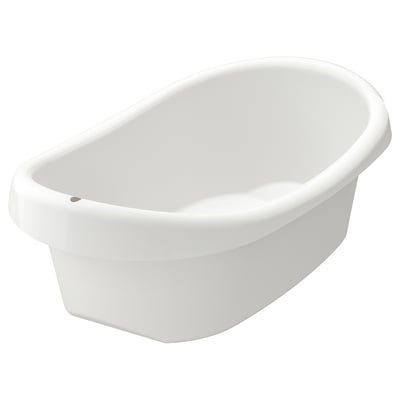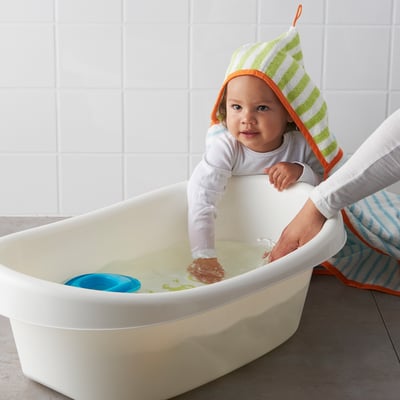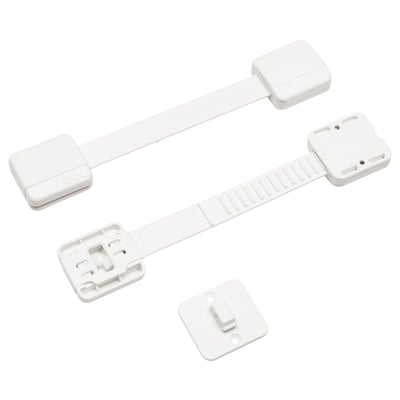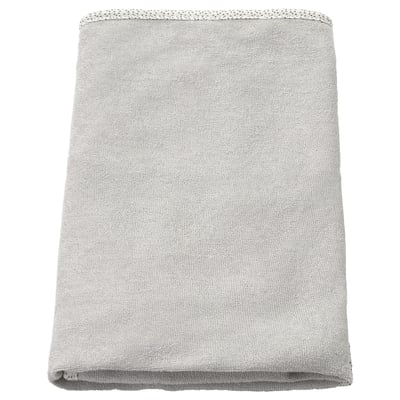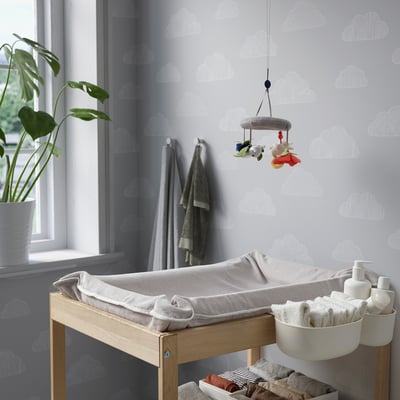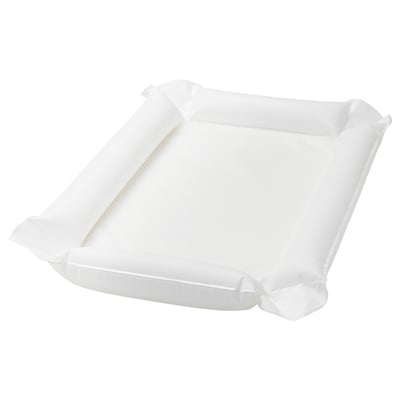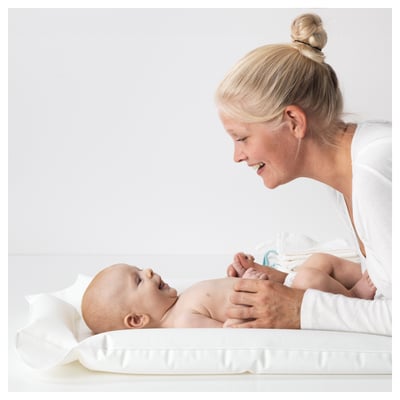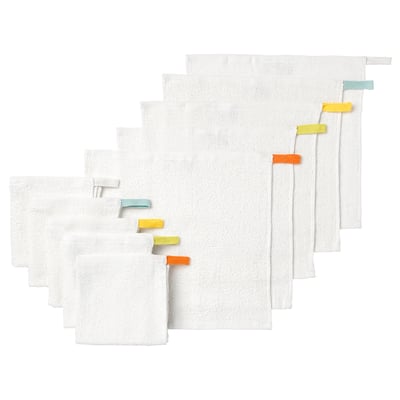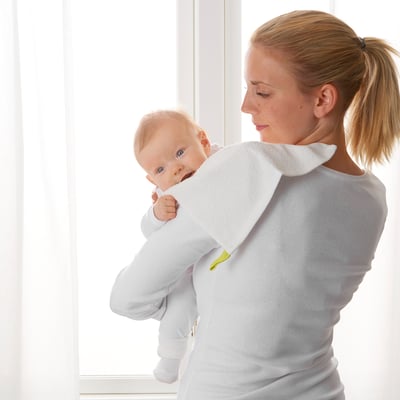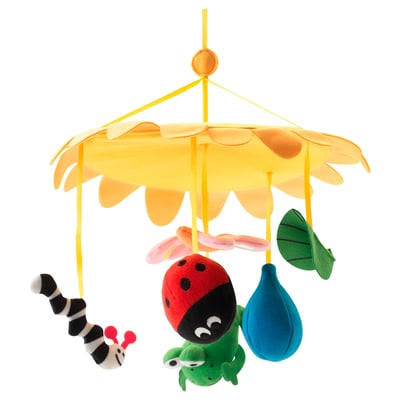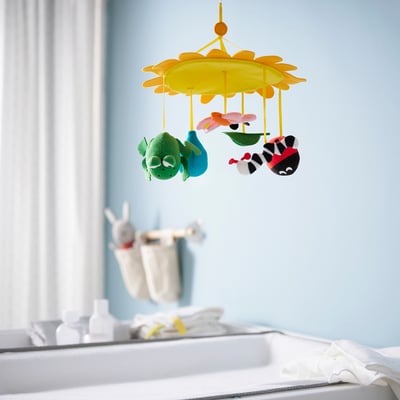Safety tips for when you bathe and change your baby
As a new parent, you spend a lot of time bathing your baby and changing nappies or clothes. Indeed, these activities are an important part of the parent-child bonding process. Careful supervision is essential for everyone’s safety – even as your newborn becomes bigger and more mobile.
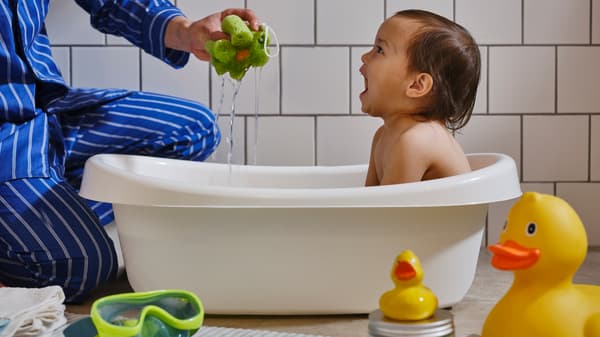

If you keep an eye on baby, accidents are less likely
While you bathe or change your baby, accidents are most likely to happen when you become distracted, such as when you try to do too much at once.
Of course, everyday life is full of demands on your attention, especially when you’re a new parent. But if you always keep a careful watch over baby, you should avoid the most serious risks – namely falls, scalds, drowning and, as your child starts to explore, poisoning.
Instead, you can enjoy bathing and changing times as moments of deepened relationship that feel relaxed, rewarding – and safe.

Small babies can drown quickly in very little water. So constant supervision is essential at bath time.
More peace of mind when changing and bathing your baby
The everyday baby care routines can go smoothly and comfortably, if you remember a few simple things.
Safety tips around baby changing
- Store your supplies close by so you can always keep one hand on the baby while on a changing table – or, change on the floor.
- Babies may wriggle and fall from a changing table, so never leave them unattended.
- A baby’s head makes up a relatively large part of the overall body weight, which increases the risk of falling.
- Changing table guardrails can help but won’t stop a fall when changing baby’s nappy.
Safety tips around baby bathing
- Constant supervision is essential – babies can’t get up easily if they slip or fall and can drown in very little water.
- A bathtub mat can reduce the risk of slipping.
- Bathwater should be at body temperature or lower – babies have thin, sensitive skin that scalds easily.
- Medicines, cosmetics, cleaning products and other toxic substances in the bathroom should be out of reach of children as they become more mobile.

Child tastebuds aren’t fully developed, so a toxic substance that looks like candy can be very dangerous.

















